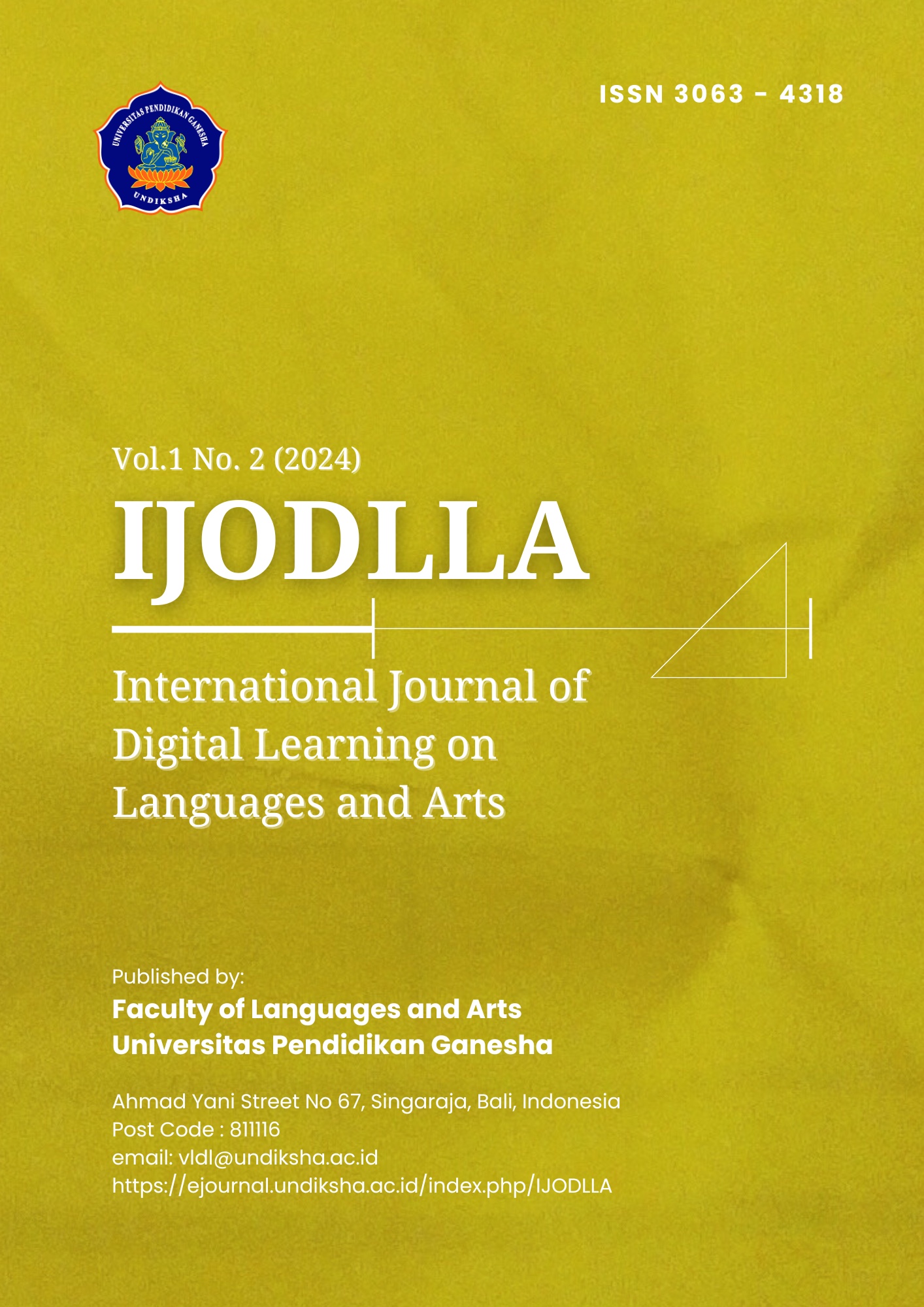“It’s Morbin’ Time”: The Morphology and Syntax of Morbius Memes
Keywords:
memes, morphology, syntax, linguisticsAbstract
Memes are an everyday feature of the Internet nowadays, and recently they have become a point of interest in the field of linguistics. This study particularly has taken an interest in Morbius memes, a meme phenomenon replete with linguistic features, with the goal of unraveling the morphological and syntactic features that characterize them. The study is beneficial to the field of linguistics and memes. It provides students with examples of how to conduct scholarly work in the field of morphology and syntax, and it also serves as a preservation of meme culture. The study was conducted following a descriptive qualitative design that employed morphological and syntactic analysis. It abides by ethical standards: it does not infringe on the copyright of memes and ensures the results will be properly disseminated. The study found that the morphological regularities that characterize Morbius memes come in the form of word formation processes— namely clipping, backformation, compounding, blending, and derivation— and a feature the researcher refers to as “the -ing rule”. In the case of syntactic regularities, these come in the form of recurring and unique sentence constructions in which the “It’s morbin’ time” phrase is a constant feature. These linguistic features of Morbius memes are, as the researcher infers, an observable manifestation of linguistic creativity in which individuals are manipulating language for the purpose of creating memes. Furthermore, it goes to show that individuals subconsciously employ their innate linguistic knowledge in creating memes. Therefore, memes may serve as mediums for language practice.
References
Allen, C. M. (2022). Memeing and meaning: An examination of internet memes as linguistic units [Thesis]. University of Sterling. https://dspace.stir.ac.uk/bitstream/1893/34904/7/Allen-Conner%20-%20Memeing%20and%20Meaning%20Thesis%20Final%20Submission.pdf
Bivens, J. (2018). Describing Doggo-Speak: Features of Doggo meme language [MA thesis]. City University of New York. https://academicworks.cuny.edu/cgi/viewcontent.cgi?article=3764&context=gc_etds
Bury, B., & Wojtaszek, A. (2017). Linguistic regularities of LOLSpeak. Sino-US English Teaching, 14(1). https://doi.org/10.17265/1539-8072/2017.01.005
Crystal, D. (2011). Internet linguistics: A student guide. Routledge.
Dancygier, B., & Vandelanotte, L. (2017). Internet memes and construction grammar: Toward a cognitive linguistic approach. Cognitive linguistics, 28(3), 467–495.
Danet, B., & Herring, S. C. (2007). The multilingual internet: Language, culture, and communication online. Oxford University Press.
Donohoo, T. (2022). How morbius fans pulled the ultimate troll on Sony. CBR. https://www.cbr.com/morbius-its-morbin-time-memes-fans-troll-sony-marvel/
Grice, H. P. (1975). Logic and conversation. Syntax and Semantics, 3, 41–58.
Jenkins, H. (2006). Convergence culture: Where old and new media collide. NYU Press.
Knobel, M., & Lankshear, C. (2007). Online memes, affinities, and cultural Production. E-Learning and digital media, 4(3), 281–293.
Laman, L. (2022). Morbius: The failure of translating internet memes into real-world success. Collider. https://collider.com/morbius-failed-rerelease-internet-memes/
Lapham, J. (2023). What Is morphological analysis? Language Humanities. https://www.languagehumanities.org/what-is-morphological-analysis.htm
Olmsted, C., & Sojak, C. (2019, April 25). Doing me an educate: An overview of meme linguistics. Department of Linguistics. https://www.colorado.edu/linguistics/2019/04/19/doing-me-educate-overview-meme-linguistics
Sabado, M. K. D. (2022). A semantic analysis of the Karen meme pejorative [Thesis]. University of Baguio.
Shifman, L. (2014). Memes in digital culture. MIT Press.
Tagg, C. (2015). Exploring digital communication: Language in action. Routledge.
Yule, G. (2020). The study of language. https://doi.org/10.1017/9781108582889
Yus, F. (2021). Pragmatics of humour in memes in Spanish. Spanish in Context, 18(1), 113–135. https://doi.org/10.1075/sic.00070.yus
Downloads
Published
How to Cite
Issue
Section
License
Copyright (c) 2024 Lander Mangiwet

This work is licensed under a Creative Commons Attribution-ShareAlike 4.0 International License.









